Banao Sama ke rice 500 Gm
This is a Vegetarian product.
Worlds best cardamom. Freshly Packed
| Daily Available Stock
1000 Kg |
|||
| Production Lead Time | |||
| Packaging | Est.Delivery Time (Week) | (MOQ) | Daily Available Stock |
| 50 Gm | 2-4 Weeks> | 280 (Pc) | 2800 (Pc) |
| 100 Gm | 2-4 Weeks> | 160 (Pc) | 3200 (Pc) |
| 200 Gm | 2-4 Weeks> | 80 (Pc) | 3200 (Pc) |
| 500 Gm | 2-4 Weeks> | 40 (Pc) | 3200 (Pc) |
| Customized Sizes | Bulk Order | Negotiable | |

![]()
![]()
This is a Vegetarian product.
Benefits
- Antioxidant and Diuretic Properties May Lower Blood Pressure
2. May Contain Cancer-Fighting Compounds
3. May Protect from Chronic Diseases Thanks to Anti-Inflammatory Effects
4. May Help with Digestive Problems, Including Ulcers
5. May Treat Bad Breath and Prevent Cavities
6. May Have Antibacterial Effects and Treat Infections
7. May Improve Breathing and Oxygen Use
8. May Lower Blood Sugar Levels
9. Other Potential Health Benefits of Cardamom
10. Safe for Most People and Widely Available
5 in stock
₹174.00 ₹204.00
5 in stock
BANAO Sama ke rice is more often consumed during upwas or vrat where people refrain from consuming cereal grains and avoid eating onion and garlic. These tiny, round seeds resemble broken rice and are gluten-free, fiber-rich, and highly nutritious.
Popularly known as barnyard millet, sama ke rice is more often consumed during upwas where people refrain from consuming cereal grains and avoid eating onion and garlic. These tiny, round seeds resemble broken rice and are gluten-free, fiber-rich, and highly nutritious.
On cooking, they tend to clump up like upma and have a texture similar to that of rava. Sama ke rice is readily available today, and there are many reasons why you need to try them. You can cook this rice in different ways to create lip-smacking recipes, including pulao, plain rice, kheer, and khichdi.
Are you planning to buy a pack of sama ke rice? Let us check out some popular brands selling sama ke rice.
Rice is a starchy grain used as a staple ingredient by more than half the world’s population largely due to its versatility, availability, and ability to adapt to any flavor and seasoning. Rice has a chewiness and soft texture that adds substance to meals and complements many cuisines.
There are many different types of rice and ways to prepare it, and nutritional values differ as well. Most notably, rice is a whole grain while white rice is a refined grain and a processed food.
 Rice Nutrition Facts
Rice Nutrition Facts
The following nutrition information is provided by the USDA for 1 cup (186g) of cooked, enriched, short-grain white rice.1
Calories: 242
Fat: 0.4g
Sodium: 0mg
Carbohydrates: 53.4g
Fiber: 0.6g
Sugars: 0g
Protein: 4.4gCarbs
There are over 53 grams of carbohydrate in a single serving of white rice. Only a tiny amount of that carbohydrate comes from fiber. Most of it is starch and a small amount is sugar.
The glycemic index of white rice is estimated to be 73. The glycemic index of rice, on the other hand, is estimated to be about 68. Short-grain rice tends to have a higher glycemic index than long-grain, medium-grain, and rice.
Brown rice has significantly more fiber than white rice (about 3 grams per cup of cooked rice) because it is a whole grain.
Brown rice also has fewer carbohydrates than white rice at 49.6g per cup.2
All rice is originally whole-grain, with the bran attached. White rice is produced by pearling, which is a process through which the grain passes through a machine where it is rolled and the bran is gently “pearled” off, leaving the white kernel intact. This makes the grain a processed, refined grain, no longer a whole grain. Pearling also lowers the cooking time and extends the shelf life of grains.
Fat
There is almost no fat in rice, as long as you cook it without adding any oil or butter.
Protein
There are over 4 grams of protein in a 1-cup serving of white rice, and about 5 grams in the same size serving of rice.
Vitamins and Minerals
Rice can serve as a good source of B vitamins (including thiamin, niacin, and riboflavin) and iron. Rice is also an excellent source of manganese and magnesium.
Brown rice provides more vitamins than white rice.3 In addition to thiamin and magnesium, rice contains selenium, which influences thyroid function and is important in antioxidant processes.
Health Benefits
Rice can be part of a balanced diet, particularly if you choose the unprocessed, rice varieties. Many of the health benefits of rice come from the vitamins and minerals that it provides.
Supports Bones, Nerves, and Muscles
Magnesium is the structural component of bones that assists in hundreds of enzyme reactions involved in the synthesis of DNA and proteins and is required for proper nerve conduction and muscle contraction.
Improves Colon Health
Rice contains resistant starch, which can lead to the formation of certain fatty acids that help the colon stay healthy. These fatty acids may also decrease the risk of colorectal cancer.
Lowers Risk of Heart Disease
Consuming whole grains, including rice, is associated with a decreased risk of cardiovascular disease.5
The American Heart Association recommends making sure that at least half of the grains you eat are whole grains—so, aim to choose rice over white and 100% whole wheat bread over white bread most of the time.
Safe for People with Celiac Disease
Rice is a naturally gluten-free grain so it is useful to people with celiac disease and non-celiac sensitivity. Rice can be made into flour, noodles, bread, and syrup. It can also be made into milk and used as a non-dairy substitute for cow’s milk.
Provides Quick Energy
Athletes who need a lot of energy in the form of carbohydrates can get it from white rice. Many prefer white rice over for its high-carb, low-fiber profile.
The Reason Athletes Eat White Rice Instead of Brown
Allergies
Although rice allergy is uncommon, it is possible. Allergy to rice is more common in Asian countries where rice is a big part of the typical diet. People with a rice allergy may also be sensitive to corn, soy, and barley, or vice versa.
Adverse Effects
Rice is one of the most common triggers for food protein-induced enterocolitis syndrome (FPIES). The condition usually affects babies and small children and is marked by inflammation of the small and large intestine. It is not actually an allergy, though it can look like one. Symptoms include gastrointestinal distress such as vomiting, diarrhea, and in severe cases even shock.
Sometimes rice can be contaminated with toxic heavy metals, such as cadmium, lead, mercury, and arsenic. This is especially of concern for babies and small children, which is why the FDA now limits arsenic levels in infant rice cereal.
Varieties
Varieties of rice are divided into categories based on seed size. Rice can be long-grain, medium-grain, or short-grain. Within these varieties, there are also different types of processing.
Converted rice, for instance, is parboiled to remove surface starch. That makes it easier to pearl by traditional hand processes. Converted rice retains more nutrients and cooks a little faster than regular milled white rice. Enriched rice has vitamins and minerals added back after it is refined.
Instant or quick-cooking rice, on the other hand, is fully cooked and then flash frozen. This process removes some of the nutrients and flavor but makes for a very quick-cooking rice product.
Here are some of the more popular kinds of specialty rice:
Arborio rice, known as risotto, is short-grain white rice with a mild flavor. It is known for its use in Italian dishes.?
Sticky rice is short-grain rice used in many Asian cuisines. It is also known as glutinous rice or sweet rice. It can be ground into flour and used for dumplings. It is also used in making rice vinegar and Japanese sake.
Brown rice is a high-fiber whole grain which usually takes longer to cook than white rice.
Basmati rice and jasmine rice are long-grain varieties that have unique flavor and aroma.
Wild rice is the seed of an unrelated reed-like aquatic plant. It is typically used as a side dish and has more vitamins, minerals, and fiber than white rice varieties.
Wild pecan rice is unique long-grain rice that has a nutty flavor and rich aroma.
Storage and Food Safety
Once rice is cooked, store it in the refrigerator and use it within three to four days. You will know if your rice has gone bad if it is hard and dry or if it has an unpleasant smell.
Store uncooked white rice in an airtight container in a cool, dry place. At temperatures of 70 degrees F or below, rice can be stored for 10 years or more. Brown rice will keep in a cool, dry place for about six months, but will last about one year in the freezer.
How to Prepare
Choose rice when possible, since it is a whole grain. Some people rinse rice before cooking. Most American-grown rice is clean and free of insects and does not need to be rinsed unless the package recommends rinsing or soaking.
The standard ratio for cooking rice is two parts liquid to one part rice. However, this can vary depending on the variety and type of rice. Check the package label for exact guidelines. One cup of raw, uncooked rice generally yields about 3 to 4 cups cooked.
Use rice as a side dish or to complement stews, curries, soups, and salads. Rice can also be used in making puddings and bread.


General Features
| Weight | 0.5 kg |
|---|---|
| Dimensions | 16 × 1.8 × 23 cm |
| Brands | BANAO |
| Ingredient Type | Vegetarian |
| Shelf Life / Best Before In Months | 12 Month |
Legal Disclaimer:
While we work to ensure that product information is correct, on occasion manufacturers may alter their ingredient lists. Actual product packaging and materials may contain more and/or different information than that shown on our web site. We recommend that you do not solely rely on the information presented and that you always read labels, warnings, and directions before using or consuming a product. For additional information about a product, please contact the manufacturer.
Based on 0 reviews
Be the first to review “Banao Sama ke rice 500 Gm”
You may also like…
-
Dry Fruits and Nuts, Products, Wall Nut
Banao Wall Nut Whole 500 Gm
This is a Vegetarian product.
Worlds best cardamom. Freshly Packed
Daily Available Stock 1000 Kg
Production Lead Time Packaging Est.Delivery Time (Week) (MOQ) Daily Available Stock 50 Gm 2-4 Weeks> 280 (Pc) 2800 (Pc) 100 Gm 2-4 Weeks> 160 (Pc) 3200 (Pc) 200 Gm 2-4 Weeks> 80 (Pc) 3200 (Pc) 500 Gm 2-4 Weeks> 40 (Pc) 3200 (Pc) Customized Sizes Bulk Order Negotiable 


This is a Vegetarian product.
Benefits
- Antioxidant and Diuretic Properties May Lower Blood Pressure
2. May Contain Cancer-Fighting Compounds
3. May Protect from Chronic Diseases Thanks to Anti-Inflammatory Effects
4. May Help with Digestive Problems, Including Ulcers
5. May Treat Bad Breath and Prevent Cavities
6. May Have Antibacterial Effects and Treat Infections
7. May Improve Breathing and Oxygen Use
8. May Lower Blood Sugar Levels
9. Other Potential Health Benefits of Cardamom
10. Safe for Most People and Widely Available
SKU: BANAO0012145 - Antioxidant and Diuretic Properties May Lower Blood Pressure
-
New Products, Products
Banao Puffed Rice 200 Gm
This is a Vegetarian product.
Worlds best cardamom. Freshly Packed
Daily Available Stock 1000 Kg
Production Lead Time Packaging Est.Delivery Time (Week) (MOQ) Daily Available Stock 50 Gm 2-4 Weeks> 280 (Pc) 2800 (Pc) 100 Gm 2-4 Weeks> 160 (Pc) 3200 (Pc) 200 Gm 2-4 Weeks> 80 (Pc) 3200 (Pc) 500 Gm 2-4 Weeks> 40 (Pc) 3200 (Pc) Customized Sizes Bulk Order Negotiable 


This is a Vegetarian product.
Benefits
- Antioxidant and Diuretic Properties May Lower Blood Pressure
2. May Contain Cancer-Fighting Compounds
3. May Protect from Chronic Diseases Thanks to Anti-Inflammatory Effects
4. May Help with Digestive Problems, Including Ulcers
5. May Treat Bad Breath and Prevent Cavities
6. May Have Antibacterial Effects and Treat Infections
7. May Improve Breathing and Oxygen Use
8. May Lower Blood Sugar Levels
9. Other Potential Health Benefits of Cardamom
10. Safe for Most People and Widely Available
SKU: BANAO0012143 - Antioxidant and Diuretic Properties May Lower Blood Pressure
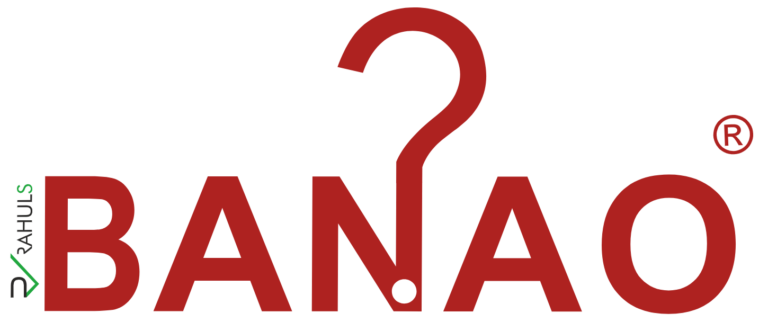

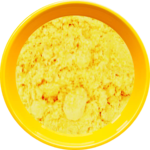
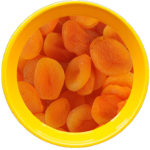
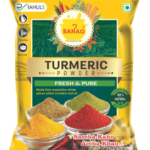
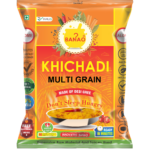
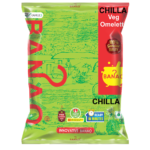
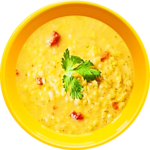
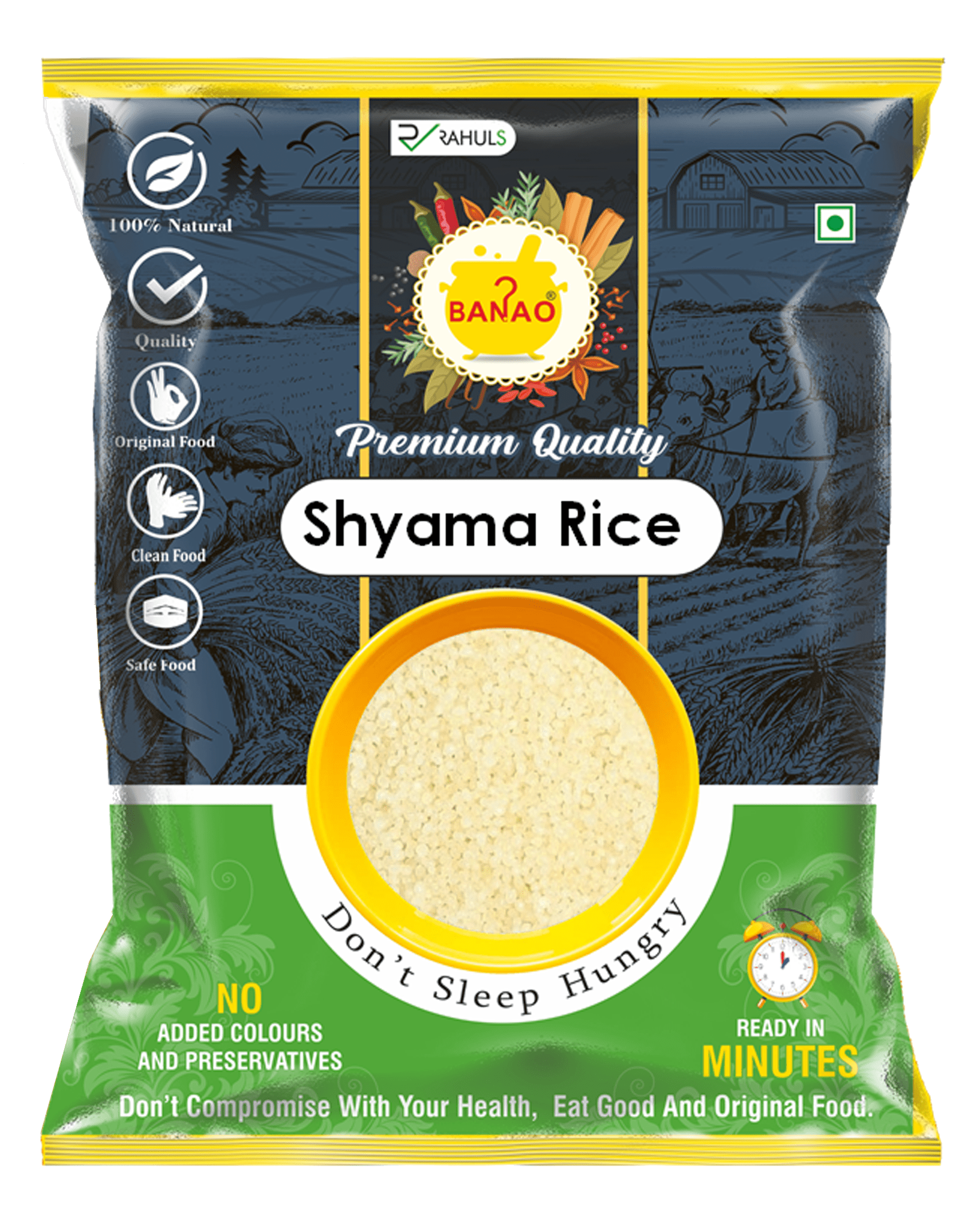
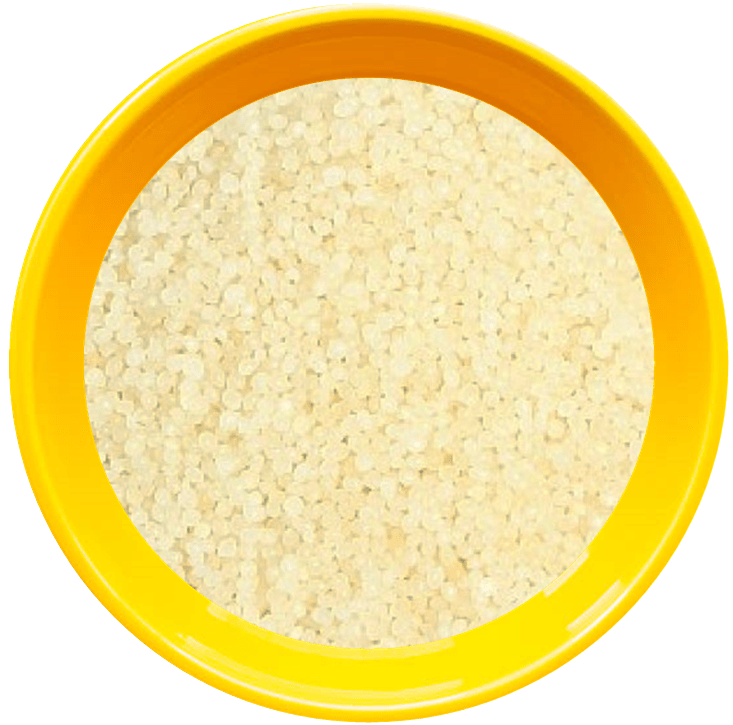
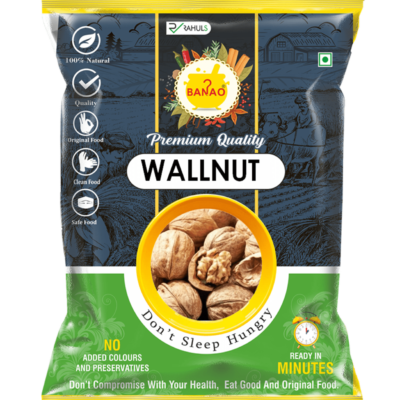
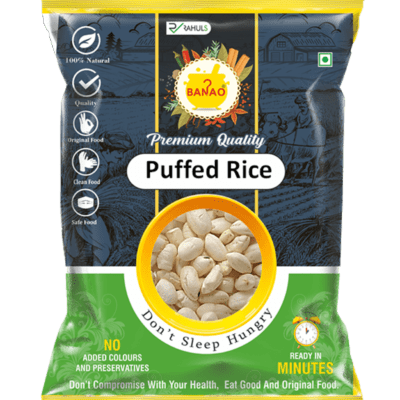
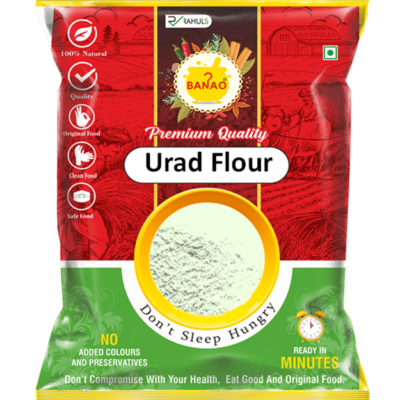
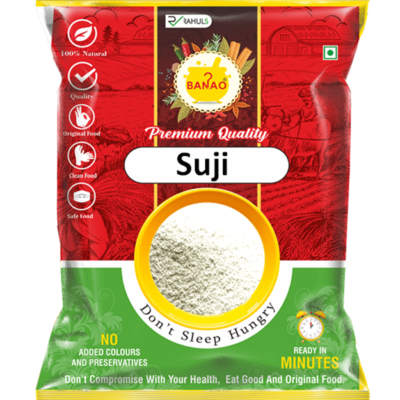
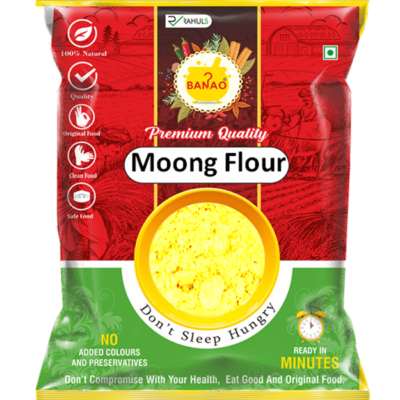
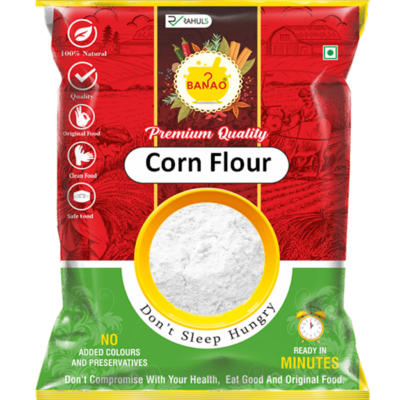
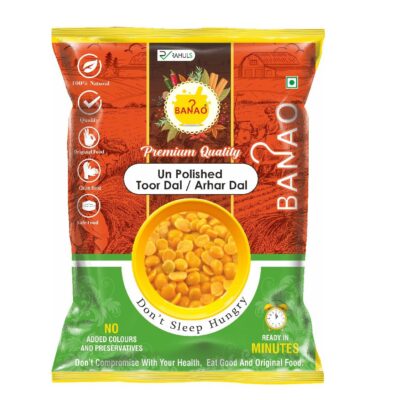
There are no reviews yet.